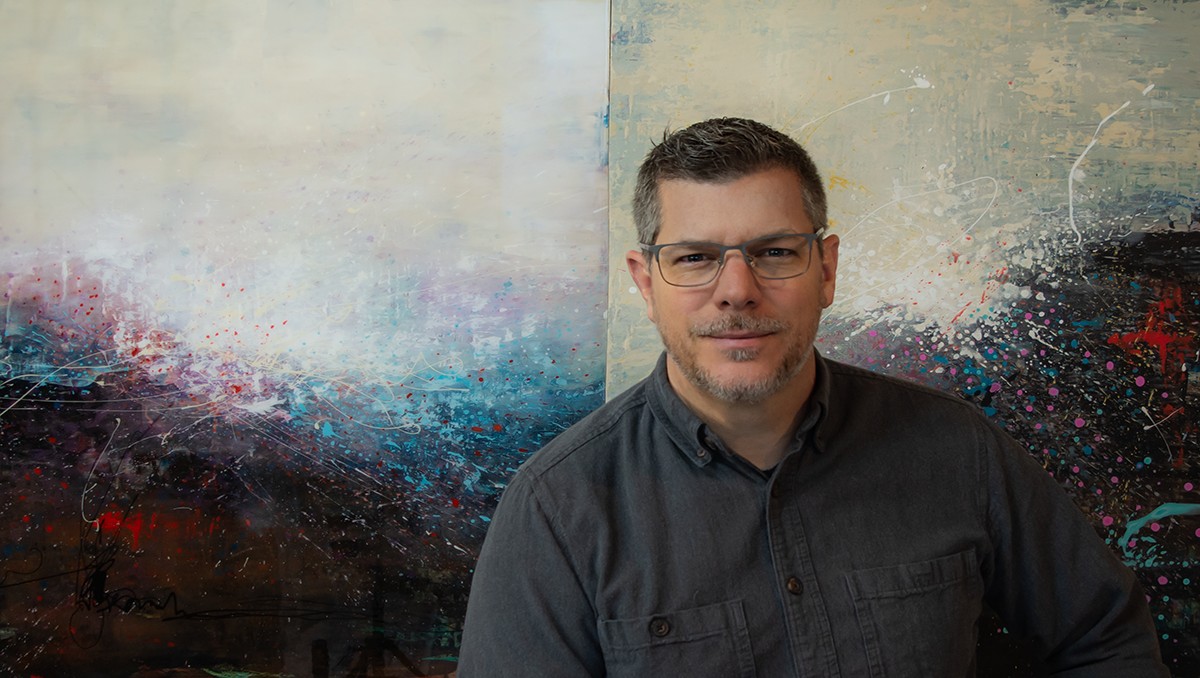We recently connected with Russell Stephenson and have shared our conversation below.
Russell, looking forward to hearing all of your stories today. Have you been able to earn a full-time living from your creative work? If so, can you walk us through your journey and how you made it happen? Was it like that from day one? If not, what were some of the major steps and milestones and do you think you could have sped up the process somehow knowing what you know now?
I’ve been working full time as a creative artist for the last 20 years. My art career started over 30 years ago, and I’ve been teaching full time since Graduate School. It’s been a busy world for me since then splitting time between teaching art, and creating art in the studio. Gallery demands can fluctuate between feast and famine, and teaching full time can be very demanding on your time away from the studio. I believe there is a place for every creative somewhere however, and persistence, and consistency with all of your creative endeavors will lead you to where you need to be and perhaps even belong. My current teaching position affords me a lot of creative freedom in my studio somewhat sheltered from gallery demands. This allows me to pursue my creative work on my own time and in my own direction(s). Teaching what you’ve learned over the years can be very rewarding knowing your are enriching future creatives with tools they’ll need to pursue their own paths as they navigate options presented to them, and the dreams they’ll be chasing on their own. Teaching reinforces all that you practice and have learned, and forces you to be able to communicate this knowledge effectively. Teaching is a craft unto itself, and coupled with the creative arts, it’s an opportunity to revive the traditional ateliers of the old world in an invigorating creative environment. This environment also affords me an extraordinary opportunity to experiment and explore many different media and techniques constantly. This expands my own experiences and creative pursuits in turn. Being immersed in art full time is exactly where I wanted to be, and being able to live out this dream was well worth all of the hard work, and sometimes heartache, all along the way.
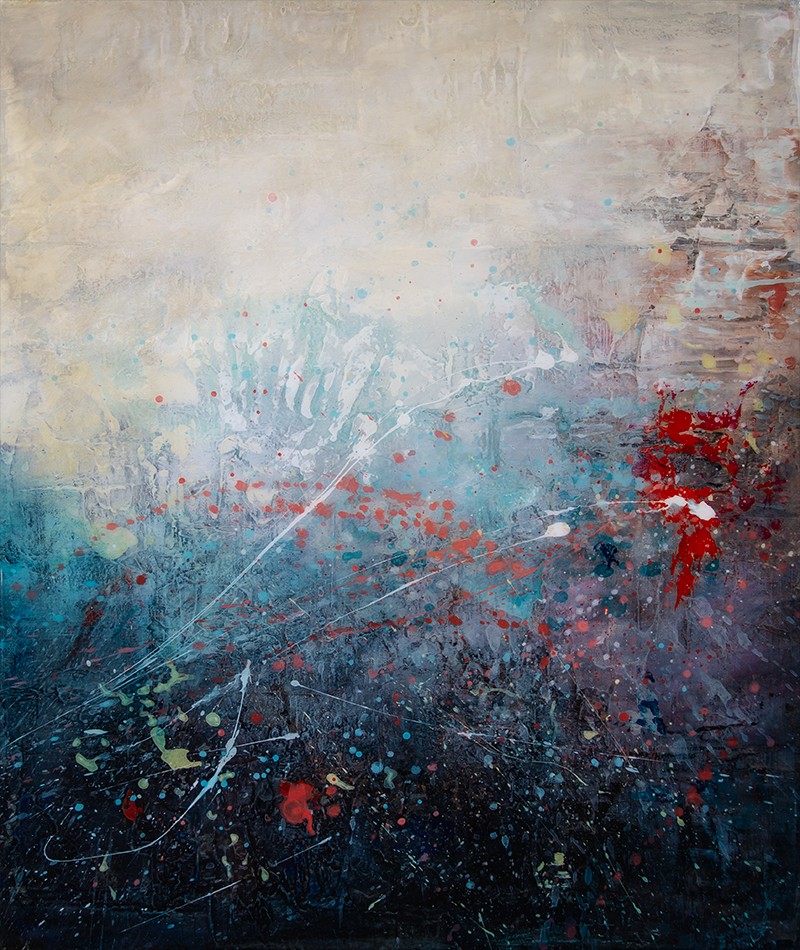
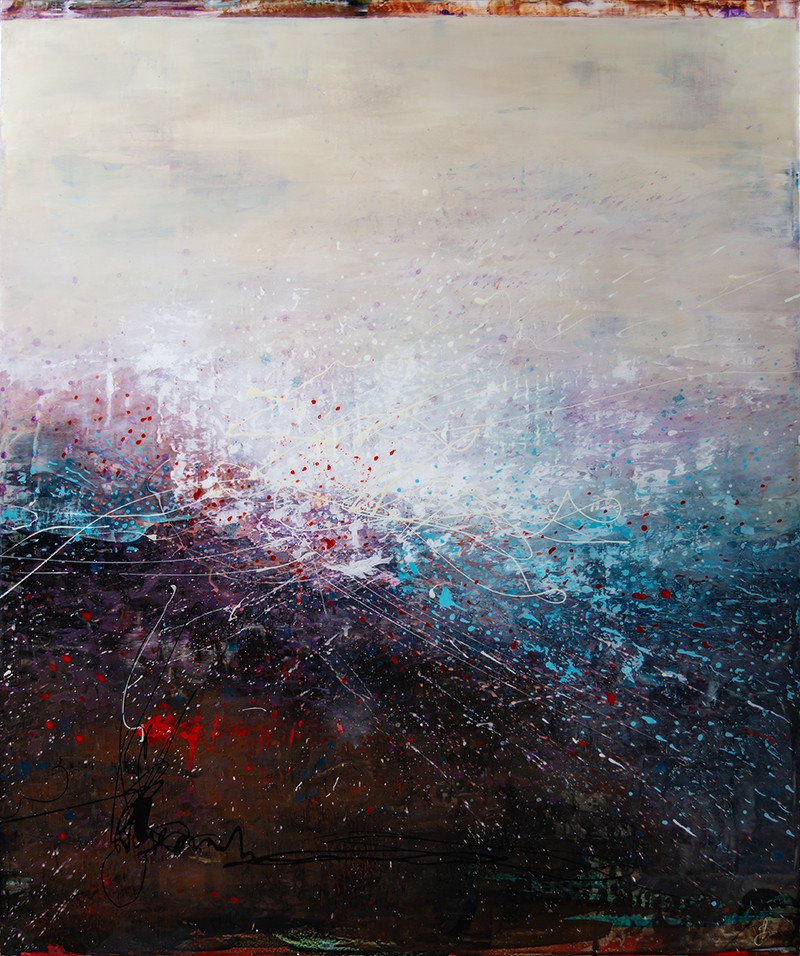
Russell, love having you share your insights with us. Before we ask you more questions, maybe you can take a moment to introduce yourself to our readers who might have missed our earlier conversations?
My name is Russell Stephenson, and I currently live in Arvada, Colorado. I’ve been making art and images ever since I was in grade school, and when I reached high school, I knew that its all I ever wanted to do. I set out to learn as much about every medium and technique that I could so that I would some day have as much knowledge as I needed to engage in my life’s work. I started out in a commercial/graphic design school, before I earned my first degree in sculpture. Studying 3D forms was important to me due to the objectivity of the media and the very real presence of a creation. This led me to experiment with clay, stone carving, wood carving and turning, welding and metalcraft, and casting stone, resin, and other various materials. I pursued intaglio printmaking next as a way to capture my drawings in metal, which led to collograph printmaking. My new work as a graduate student produced a hybrid technique of creating low-bas relief surfaces that I could ink up and paint which combined all of my experiences to date. From there, I studied and started teaching drawing, painting, and digital media that increased my ability to compose on the computer. This ultimately led me back to more traditional techniques of the old master’s, in which practices I currently teach. Having as much experience as I have gained affords me the ability to work in several different techniques, media, and genres at the same time, which has made it very difficult for my graduate advisors and gallerists to be able to pinpoint what I actually do. However, I have always been more than happy pursuing all of these different directions as a creative despite being pigeonholed. My work is at once figurative, abstract, realist, and progressive combining influences from history and current technologies. Although I currently teach, and work with gallery representation, I hope someday to open my own studio/gallery as I have never really seemed to fit anyone else’s mold.
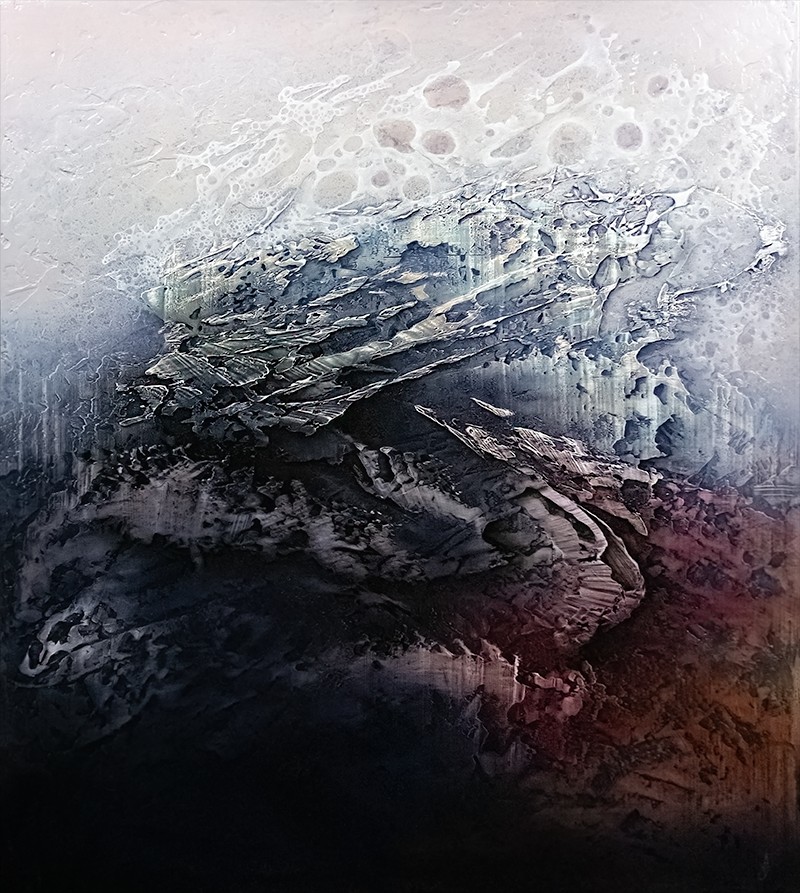
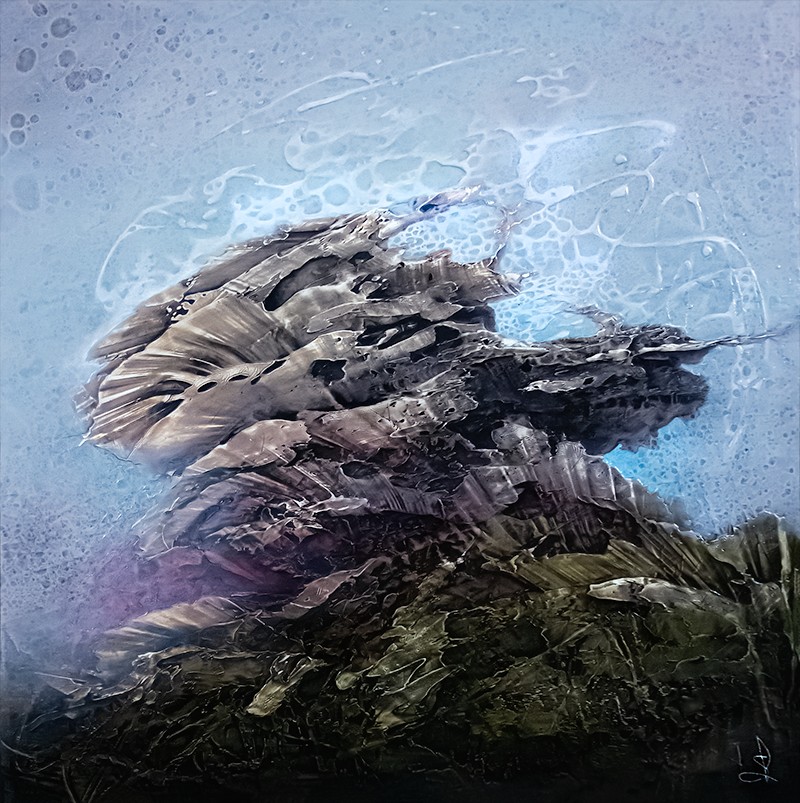
For you, what’s the most rewarding aspect of being a creative?
Living everyday in an environment that is elastic, and full of discoveries is the most rewarding aspect of being an artist. It is a challenging and rewarding lifestyle that is rooted in history and legacy, therefore it always connects me to the shoulders of giants I stand upon. I love seeing the intrigue and discovery my students obtain upon learning something for the first time. I often talk of passing the torch of knowledge as I have obtained it myself, and love to see my students thrive in their own ways. It often feels like play has become work and vice versa, when everyday is a new opportunity to create something that didn’t exist before. I get ideas through working, so it’s a constant daily practice to engage in the materials and ideas to see what one can make of it all. The world is full of inspiration if you allow it to be. Engaging in my work is a daily meditational practice in which I get to explore the depths of the imagination, and allow action to record ideas through movements, gestures, and experiments. Having people engage with your work and enjoy what you do is very fulfilling and connects you with others on an abstract level. The studio environment acts as a laboratory in which you get to combine materials and ideas into concrete objects like an inventor, designer, and architect of your own personal world that others are invited to witness. This sometimes in turn inspires others to discover their own creativity, and develop their own sense of identity through the arts.

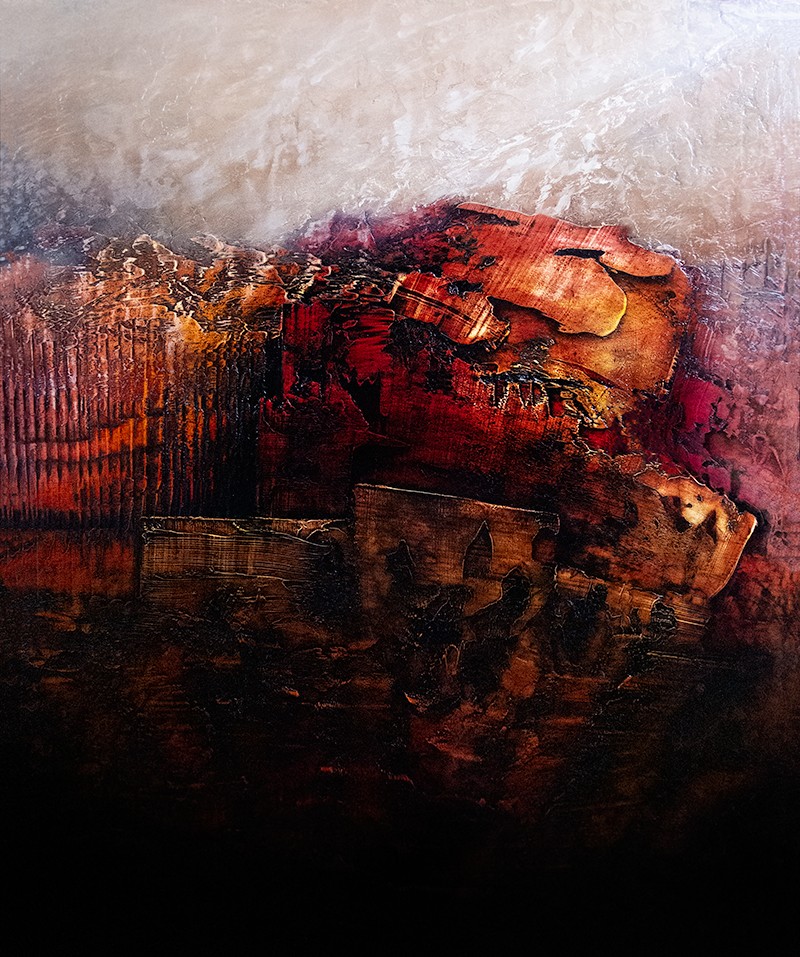
Can you tell us about a time you’ve had to pivot?
When the Covid-19 lockdowns went into effect, I faced a number of different challenges. At one time all of my teaching was in person which allowed me to personally engage with students and assist them directly with their work, then I found myself laid off from one job, and teaching online for another. This forced me to transform my traditional home studio into a digital studio which had its pros and cons. For one, it allowed me to reach more students as the internet connected people in ways it hadn’t before, however, it almost became impersonal and generic. My home studio practice thrived as more people were spending more time at home and realized they needed more art on the walls, so I became more engaged in my own practice. This time however forced me to reconsider what I wanted out of life like it did for many people, and I started to look for other teaching opportunities. This led me to my current teaching assignment in which I have never been more fulfilled teaching than where I am today. It affords me to the time and creative freedom to explore my ideas outside the constrains of the gallery, and puts me geographically closer to a nature I love to engage with. So, like many others, the Covid-19 pandemic really changed my entire routine with teaching and creating new work to adjust to the reset we all went through.
Contact Info:
- Instagram: https://www.instagram.com/russell_stephenson_fine_art/
- Facebook: https://www.facebook.com/profile.php?id=100063332941492


